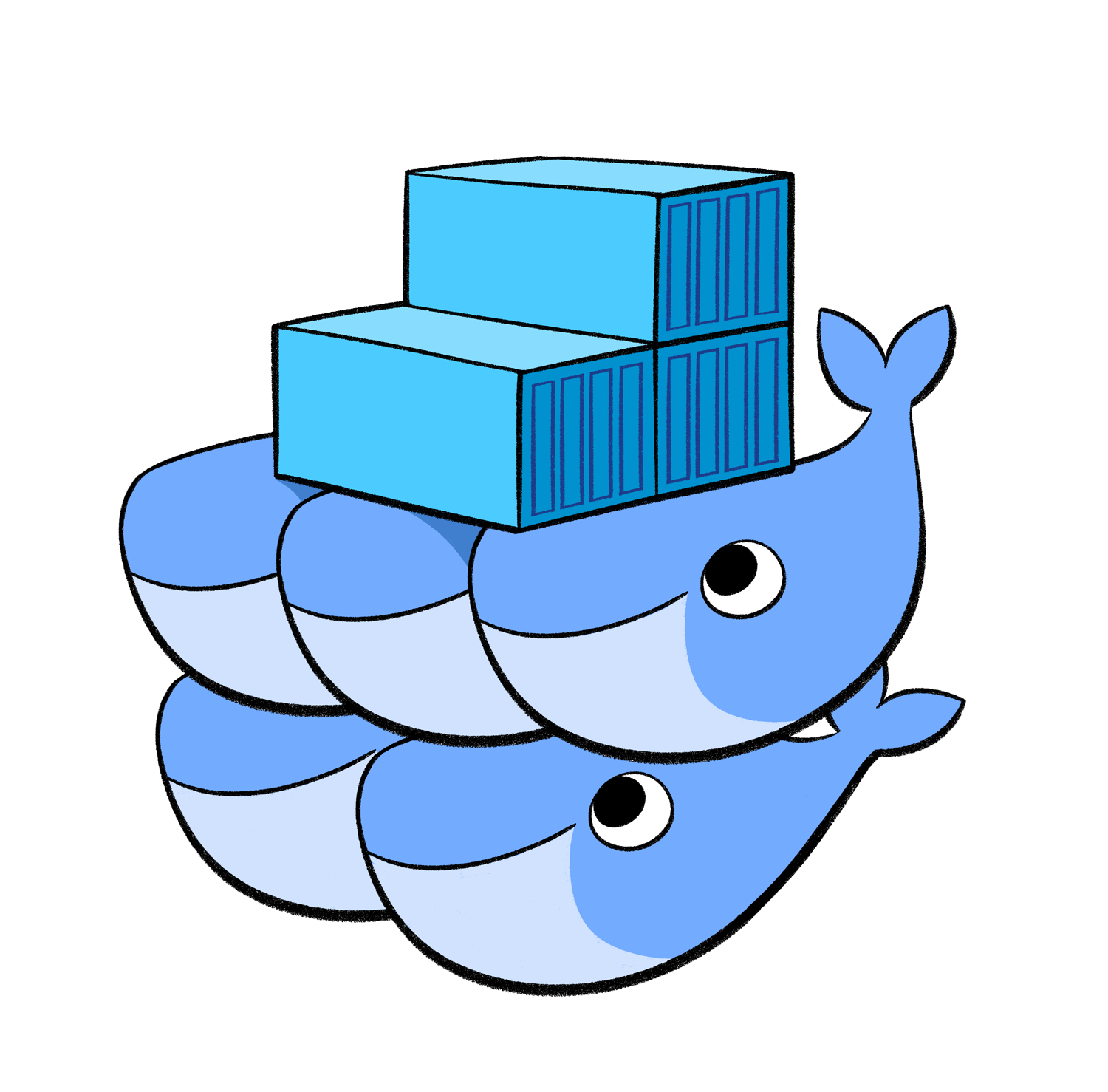What are the advantages and disadvantages of Docker?
- September 7, 2018
- 0
Docker is a computer program that does operating-system-level virtualization also identified as containerization. It was first started in 2013 by Docker, Inc. Docker is employed for managing software packages called containers. For instance, one container runs a web server and web application, while a second container runs a database server that is used by the web application. Containers are detached from each other and bundle their own tools, libraries and configuration files, they can interact with each other through outlined channels. All containers are run by a single operating system kernel and are thus more lightweight than virtual machines. Containers are built from “images” that define their specific contents. Images are often built by combining and transforming standard images downloaded from repositories.
One of the excellent points about Docker that people serve to command is the way it has made public repositories the go-to way to issue and install software. We are referring to Docker Hub, which entertains thousands of container images that anyone can grab in just a single command.
The repository idea is not distinct to Docker. GitHub has been doing the same thing for years. So have Linux distributions, which usually rely on public repositories as the main origin for installing software. With DOCKER, you can treat containers like extremely lightweight, modular virtual machines. And you get flexibility with those containers—you can create, deploy, copy, and move them from environment to environment. Now let’s see the advantages and disadvantages of Docker in detail.
Advantages and Disadvantages of Docker
Advantages of Docker
-
Docker produces an API for container management – Docker produces an API for container management in an image format and a chance to use a remote registry for sharing containers. This scheme serves both developers and system administrators with advantages for instance.
-
Fast application deployment – containers carry the minimal runtime requirements of the application, decreasing their size and enabling them to be deployed instantly.
-
Transferable across machines – an application and all its dependencies can be grouped into a separate container that is autonomous from the host version of Linux kernel, platform configuration, or deployment type. This container can be assigned to another machine that runs Docker and performed there without adaptability issues.
-
Version control and component retain – you can pursue succeeding versions of a container, inspect irregularities or go back to previous versions. Containers reuse segments from the preceding layers, which makes them remarkably light.
-
Sharing – you can use a distant repository to share your container with others. Red Hat provides a registry for this purpose, and it is also desirable to configure your own individual repository.
-
Light and minimal overhead – Docker images are typically very small, which promotes rapid delivery and reduces the time to deploy new application containers.
Disadvantages of Docker
-
Containers don’t work at bare-metal rates – Containers utilise resources more efficiently than virtual machines. But containers are however directed to performance overhead due to overlay networking, interfacing within containers and the host system and so on. If you want 100% bare-metal performance, you want to apply bare metal, not containers.
-
The container ecosystem is split – But the core Docker platform is open source, some container products don’t work with other ones.
-
Data storage is intricate – By design, all of the data inside a container leaves forever when it closes down except you save it somewhere else first. There are ways to store data tenaciously in Docker, such as Docker Data Capacities, but this is arguably a test that still has yet to be approached in a seamless manner.
-
Graphical applications do not operate well – Docker was created as a solution for deploying server applications that don’t need a graphical interface. While there are some creative approaches that one can practice to run a GUI app inside a container, these solutions are solid at best.
-
Few applications do not benefit from Docker Containers – In common, the applications that are intended to work as a collection of thoughtful microservices attain to get the most from containers. Contrarily, Docker’s one real benefit is that it can interpret application delivery by giving an easy packaging mechanism.
Those who are planning to migrate to Docker should have these advantages and disadvantages in mind. Docker is not the best choice for application deployment invariably. In remarkable cases, traditional virtual machines or bare-metal servers are better solutions. Don’t let the Docker hype remove this reality. Fields like networking, storage and version management (for the contents of containers are shortly underserved by the present Docker ecosystem and produce opportunities for both startups and incumbents.
Over time, it’s likely that the difference between virtual machines and containers will grow less important, which will push consideration to the ‘build’ and ‘ship’ aspects. The differences here will make the puzzle of ‘What happens to Docker?’ least significant than ‘What appears to the IT industry as a result of Docker?’.




